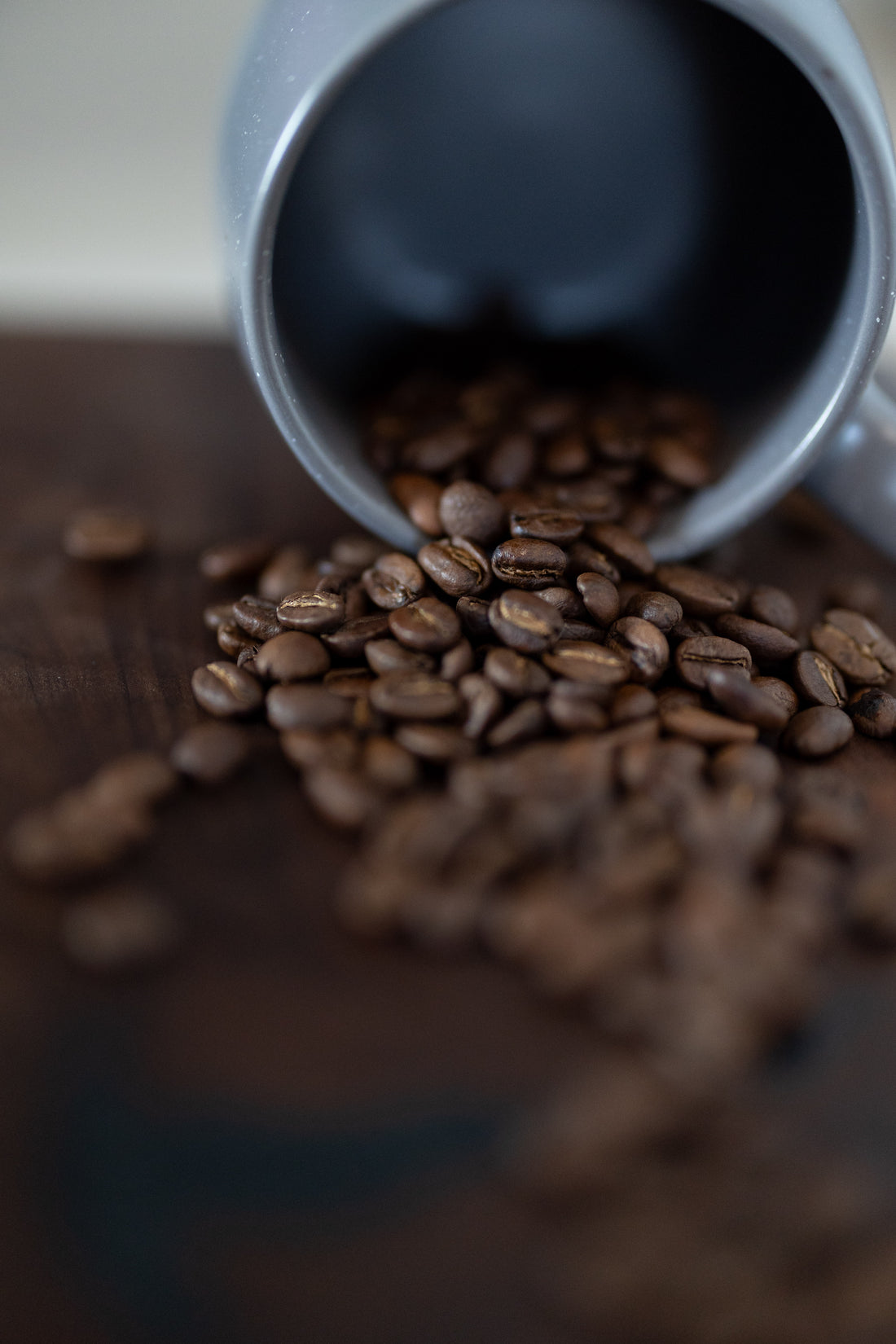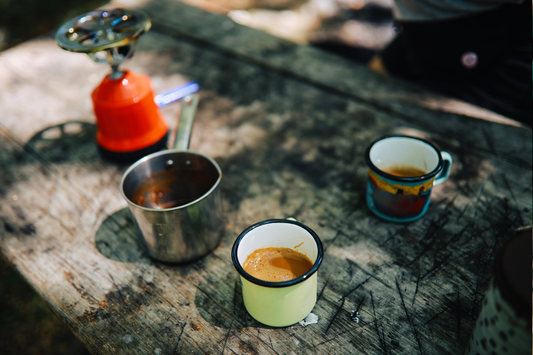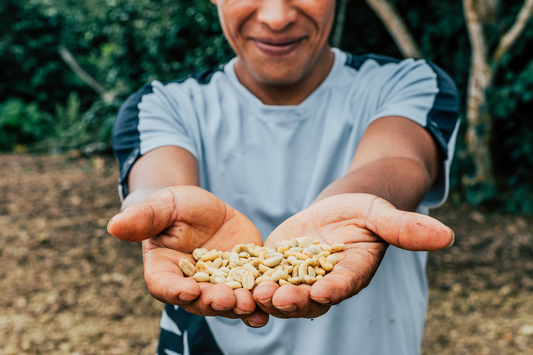
COFFEE FRESHNESS ESSENTIALS
Share
Unfortunately, roasted coffee has a shelf life, and it can taste quite bland and stale quickly if it’s not stored correctly. Coffee is vulnerable to multiple elements that degrade its flavor, specifically light, moisture, heat, and most of all, oxygen.
- The first step is to buy fresh coffee. Look for a coffee's roast date on the back of the bag and try not to buy anything older than 3 weeks from the roast date.
- Make sure it has a degassing valve, which means it was probably packaged fresh after the roasting process and the coffee is able to degas. It should also have an airtight seal to prevent oxidation, and the packaging should be opaque material to protect the coffee from light.
- Once you have your coffee, it’s important to store it in a cold, dark, and dry place. We like a cupboard that’s away from any sources of heat like a floor vent. Unfortunately, a fridge is a horrible place to store coffee, as it is not cold enough to remove moisture from the air, and your coffee will actually be at risk of getting moldy. Additionally, freezing your coffee isn’t ideal either, as transferring the package from sub-zero to room temperature repeatedly will create condensation, which will kill the flavor of your coffee quite quickly.
- Most coffee bags are resealable, which works in a pinch, but once opened, we always recommend transferring the coffee to an airtight or, even better, vacuum-sealed container. A mason jar can work, but make sure it’s thoroughly dry and stored away in a dark place. Even better is something made from stainless steel with a vacuum seal like our Planetary Designs Airscape container.


